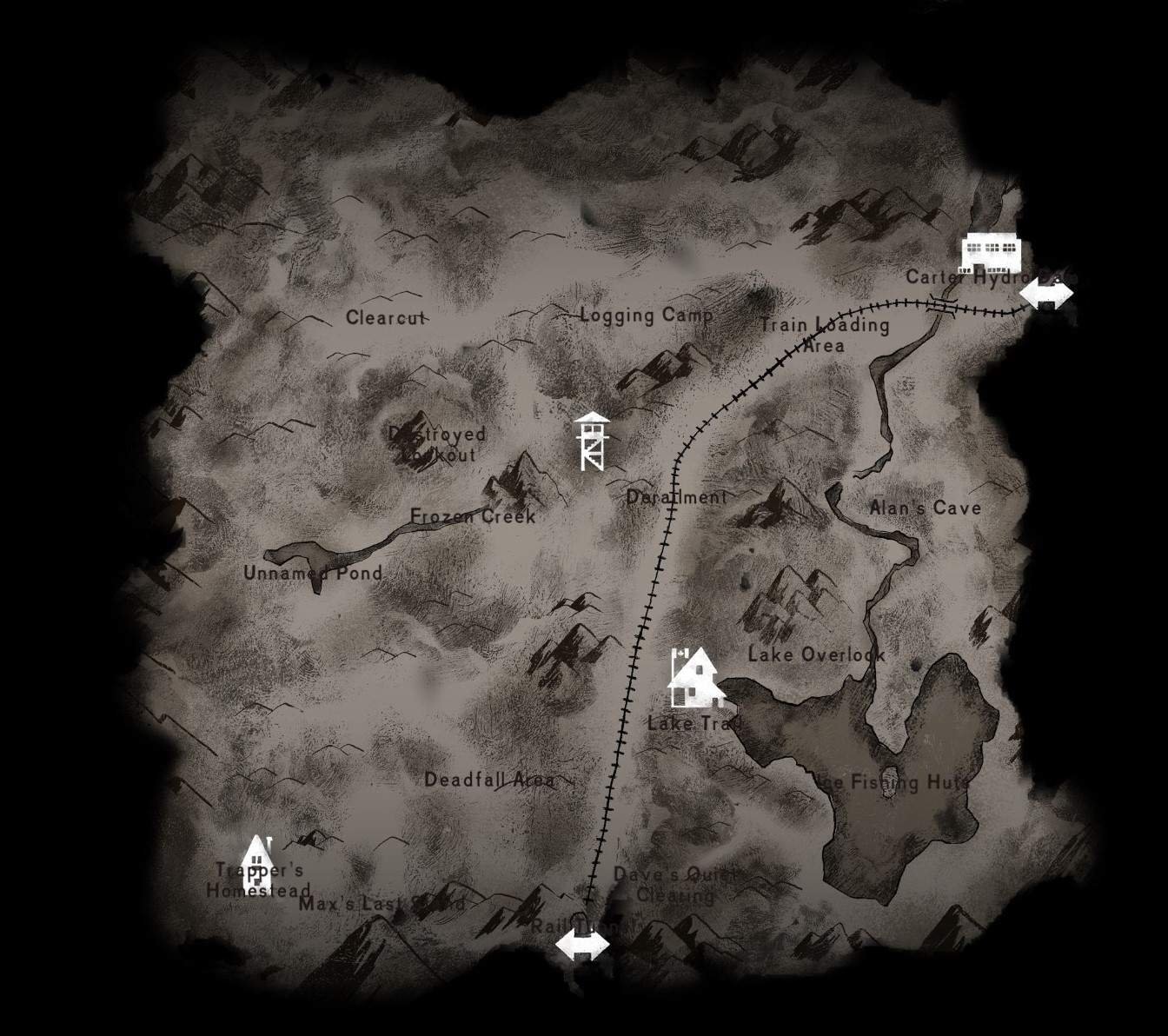
The list of references for all nonindigenous occurrences of Cipangopaludina japonica are found here. Names and dates are hyperlinked to their relevant specimen records. States with nonindigenous occurrences, the earliest and latest observations in each state, and the tally and names of HUCs with observations†. Interactive maps: Point Distribution Maps japonica adults' radula had five small cusps on either side of the large central cusp and nine cusps on the marginal tooth (Jokinen 1982). However, in one North American population, C. chinensis, but there is so much variation even within one species that it is not a good diagnostic characteristic (Smith 2000). The radula (feeding structure) also may differ between C. chinensis, so the adult shell is more elongate than that of the latter species (Jokinen 1982). japonica grows allometrically, the height increasing faster than the width, and does so at an increased rate in comparison with C. Individuals are light colored as juveniles and dark brown as adults (Wolfert and Hiltunen 1968).


Adult shells display fine carinae, while those of juveniles are covered in hairs on the periostracum where the carinae are located as well as around 8 striae/mm between the carinae in the middle of each whorl (Smith 2000). Cipangopaludina japonica exhibits a shell with 7–8 whorls, a very narrow umbilicus, and a spire that is produced at an angle of 50–55º (Jokinen 1992). Identification: The genus Cipangopaludina can be identified by its relatively large globose shells and concentrically marked opercula (Burch 1980).


 0 kommentar(er)
0 kommentar(er)
